The corporate regulator is encouraging the government to consider reforms to the Corporations Act that would have a beneficial impact on participation in the public market.
In June, ASIC announced the launch of a two-year pilot program to shorten the initial public offering (IPO) process for companies listing on the Australian Securities Exchange (ASX) under a fast-track scheme.
Speaking at a recent event, ASIC chair Joe Longo said it was looking at other actionable ideas to encourage participation in the public market, including a review of the length of prospectuses and improvements around forecasting.
Longo noted that while there was a statutory basis for including a forecast in a prospectus, certain practices had crept into the market and ASIC would review its guidance in this area.
However, Longo said that reviving the IPO market would likely also require law reform from the government.
“I think we all know that there are various aspects of the Corporations Act that could do with some reform,” he said.
“If the government does go down that path, then I think that would have a beneficial impact on our use of public markets and corporate law, generally.”
Capital raising firm PrimaryMarkets said Australia’s IPO market has seen a significant slowdown which has been driven by a mix of global turbulence, regulatory hurdles and competitive disadvantages against international exchanges.
PrimaryMarkets executive chairman Jamie Green also noted that companies can often raise significant capital privately without the costs, delays and scrutiny that comes with a public listing.
“In some cases, ASX rules are simply less founder-friendly than those in other major markets like the prohibition against dual‑class shares, making the ASX less attractive to founder‑led growth firms,” said Green.
In the past, Green said the ASX was once a natural destination for early-stage companies in sectors like mining, tech and biotech.
“The model was straightforward with the mining companies listing early to fund exploration, while tech firms could spin out promising intellectual property into a listed vehicle to raise research and development capital,” he said.
“This process not only brought investors into high-growth ventures early but also made the ASX a recognised hub for speculative and growth-oriented plays.”
However, over time, Green said the ASX increased its scrutiny and toughened its criteria for admission.
This tightening of requirements hit the smaller end of the market – companies under $100 million market cap – the hardest, he said.
“These are the firms that once relied on public markets for early growth funding. Now, they’re increasingly turning to private investor capital instead,” Green said.
The numbers also reflect this trend. In 2024, total IPO proceeds were just $2 billion, with a staggering $1.3 billion coming from a single listing.
“When one company accounts for almost two-thirds of total IPO capital raised, you know the market has lost breadth,” Green said.
The ASX recently rolled out changes to its listing rules on 30 May 2025, marking the first significant update since 2019.
The revisions codify long-standing practices, clarify the expectations for early-stage applicants and aim to streamline the listing process, Green explained.
One of the transformative changes currently under consideration is allowing dual-class share structures, which would align the ASX with exchanges in London, New York and Hong Kong.
“Under this model, different classes of shares carry different voting rights, often granting founders enhanced control while limiting public shareholders’ influence,” Green said.
“Proponents argue that dual-class shares allow visionary founders and charismatic leaders to pursue long-term objectives without succumbing to short-term market pressures. Past scandals involving strong outspoken founders both in Australia and overseas have heightened scepticism of this argument.”
Investor advocacy groups have warned that any reintroduction of dual-class shares would need to come with robust oversight, mandatory sunset clauses or voting thresholds and clear disclosure to protect non‑founder shareholders.
Green said it was clear that the ASX must introduce flexible, targeted reforms that recognise the realities of Australia’s issuer base.
HLB Mann Judd Sydney partner Nicholas Guest, on the other hand, said there was no simple solution to entice more early stage businesses to an ASX listing.
“The ASX listing rules are already supportive of smaller entities within a global context," said Guest.
“When there is plenty of private capital available to deploy, there’s less incentive for founders and investors to seek an ASX listing if they can access growth funding privately and avoid the need for public disclosure and extra layers of compliance. They can stay private for longer.”
In June, Longo warned Australia could not risk being complacent about the future of its public equity markets with IPOs at their lowest in over a decade and some companies delisting.
“Meanwhile, our secondary capital raising settings continue to be globally recognised for their speed and efficiency,” he said.
A report commissioned by ASIC and prepared by University of Melbourne researcher Dr Carole Comerton-Forde found that between December 2022 and December 2024, the number of domestic and foreign equity issuers on the ASX fell by 145 to 1,989, with a combined market capitalisation of $3 trillion.
After calling for solutions earlier this year, Longo said the regulator was “proud” of how quickly it has worked with industry to act on those ideas.
“While we do not see regulatory settings as the silver bullet, we have received lots of ideas and are considering further regulatory adjustments to support a strong and well-functioning market,” he said.



